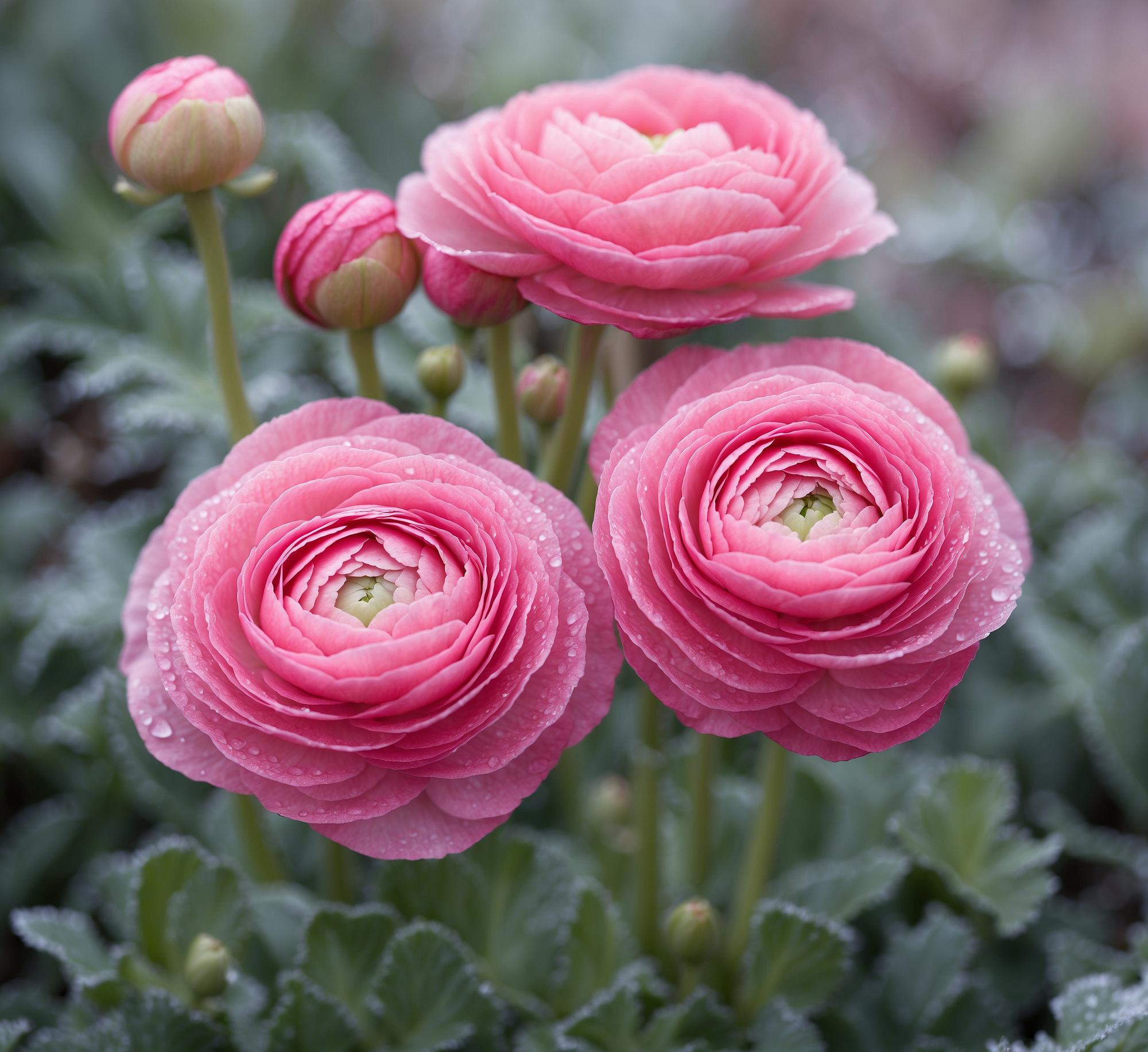Are you looking to add a touch of elegance to your garden? Look no further than the captivating ranunculus! These blooms are known for their delicate petals and charming colors. In this comprehensive guide, we’ll explore everything you need to know about growing and caring for these beauties, including planting ranunculus bulbs and mastering the art of floral arrangements with the ranunculus flower.
Origins and Characteristics of Ranunculus

The ranunculus genus, part of the buttercup family (Ranunculaceae), includes over 600 species of flowering plants, many of which are popular choices for gardens and floral arrangements. Their origins can be traced back to Asia Minor and the Mediterranean region, where they have thrived for centuries in a variety of habitats, including meadows, woodlands, and marshes. These resilient plants have since been cultivated and hybridized, resulting in a wide array of colors and sizes to choose from.
-
- Ranunculus History
The name “ranunculus” is derived from the Latin words “rana,” meaning frog, and “unculus,” meaning little, as the plants were often found growing in damp, frog-inhabited areas. Historically, ranunculus flowers have been associated with charm and attractiveness. In Victorian times, they were often used as a symbol of radiant charm when gifted to others. - Ranunculus Features
The key features that make ranunculus flowers so captivating are their delicate, paper-like petals, which form a rosette-like pattern around a dark central disk. The number of petals can vary significantly depending on the variety, with some having as few as five petals and others boasting over a hundred. The flowers typically range from 2 to 6 inches in diameter and come in a vast assortment of colors, including white, pink, red, orange, yellow, and purple. The plants themselves grow to a height of about 1 to 2 feet and have green, fern-like foliage that adds a touch of elegance to the overall appearance. Ranunculus flowers have a relatively long blooming season, lasting from late spring to early summer, providing an extended period of vibrant color in the garden. - Ranunculus Varieties and Cultivars
Due to the extensive hybridization of ranunculus, there are numerous cultivars available, each with their own unique characteristics. Some popular cultivars include the Tecolote series, which are known for their large, double-petaled blooms in a rainbow of colors, and the ‘Bloomingdale’ series, which features double-flowered, compact plants perfect for container gardening. Additionally, the ‘Pon-Pon’ series boasts uniquely frilled petals, while the ‘Elegance’ series offers a more refined, classic appearance. With so many options to choose from, there’s a ranunculus variety to suit every gardener’s taste and style.
- Ranunculus History
Popular Ranunculus Varieties
With a wide array of stunning colors and forms, ranunculus varieties offer something for every gardener and floral enthusiast. Here are some of the most popular ranunculus varieties to consider for your garden or bouquet:
-
White Ranunculus
The white ranunculus stands out for its pristine, delicate petals that create a striking contrast with its dark center. This classic variety adds elegance and sophistication to any garden or floral arrangement, making it a popular choice for weddings and other special events.
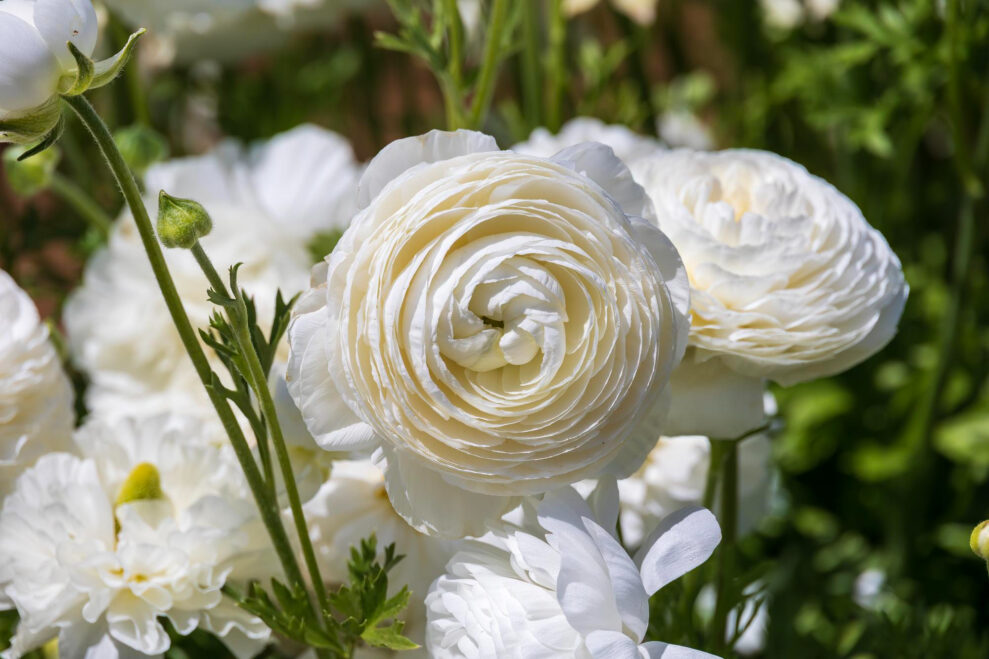
-
Tecolote Ranunculus
The Tecolote series of ranunculus is prized for its large, double-petaled blooms that come in a veritable rainbow of colors. From vibrant reds and oranges to soft pinks and yellows, these flowers make a bold statement in any garden or bouquet. The Tecolote ranunculus is also known for its long-lasting blooms, providing weeks of color in the garden.
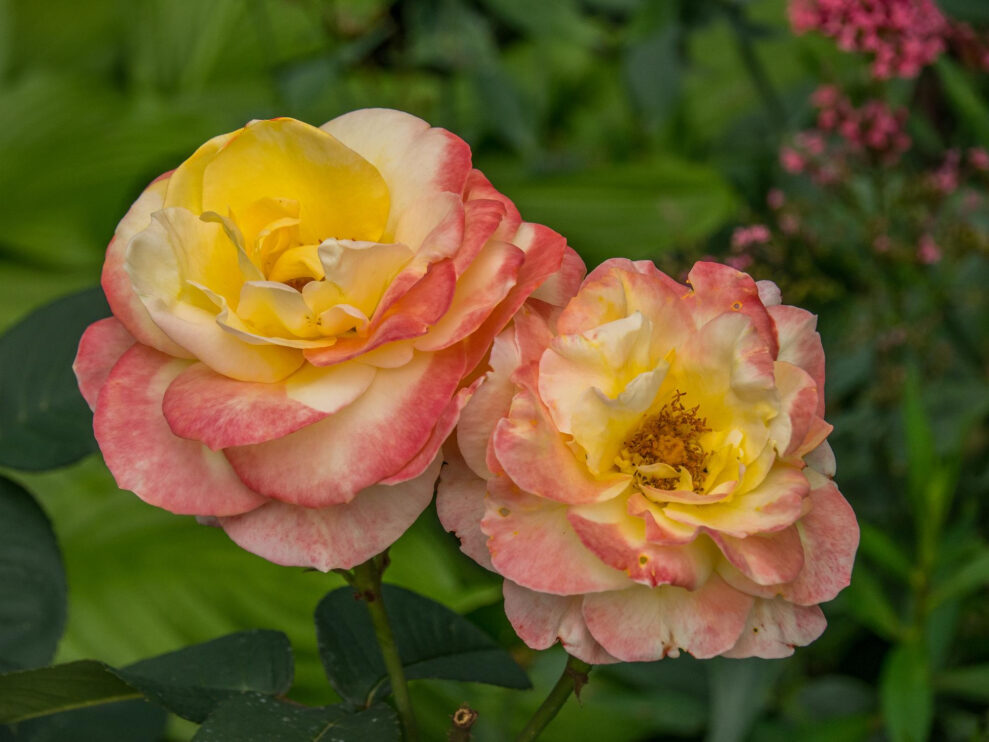
-
Persian Buttercup
The Persian buttercup (Ranunculus asiaticus) is a popular ranunculus species known for its vibrant hues and tightly-packed petals that resemble a rose. The flowers come in a variety of colors, including red, orange, pink, and yellow. This variety is particularly well-suited for cut flower arrangements due to its strong stems and long vase life.

-
Cloni Ranunculus
The Cloni ranunculus series is known for its large, full blooms and sturdy stems, making it an excellent choice for cut flower arrangements. The flowers come in a variety of colors, including white, pink, red, orange, and purple. This series is also notable for its longer blooming season compared to other varieties, providing even more opportunities to enjoy these captivating flowers.
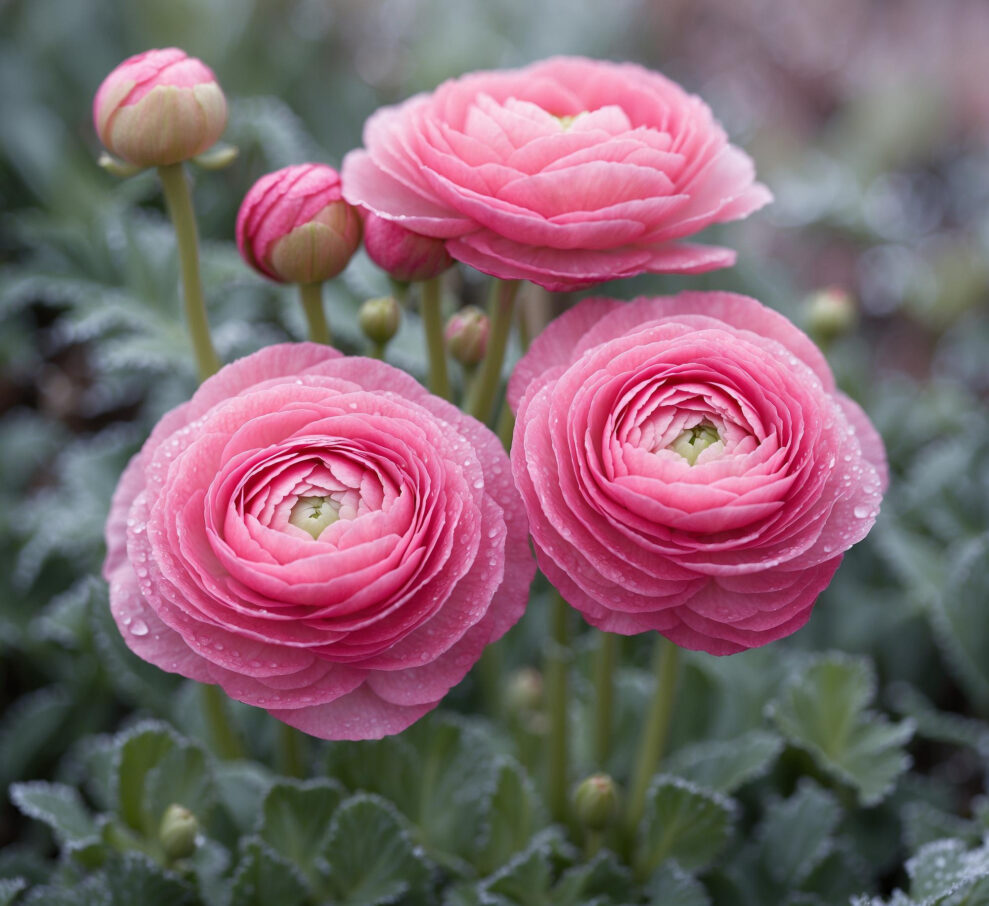
-
Pon-Pon Ranunculus
The Pon-Pon series of ranunculus is characterized by its frilly, curled petals that give the flowers a unique, whimsical appearance. These blooms are available in a range of colors, such as pink, white, red, and yellow. The Pon-Pon ranunculus is perfect for those looking to add a touch of whimsy to their garden or floral arrangements.

-
Bloomingdale Ranunculus
The Bloomingdale series is a group of compact, double-flowered ranunculus varieties that are ideal for container gardening or small garden spaces. With colors ranging from white and pink to orange and yellow, these plants produce an abundance of blooms on short, sturdy stems. Their compact size makes them a great option for planting in borders or adding a pop of color to a patio or balcony.
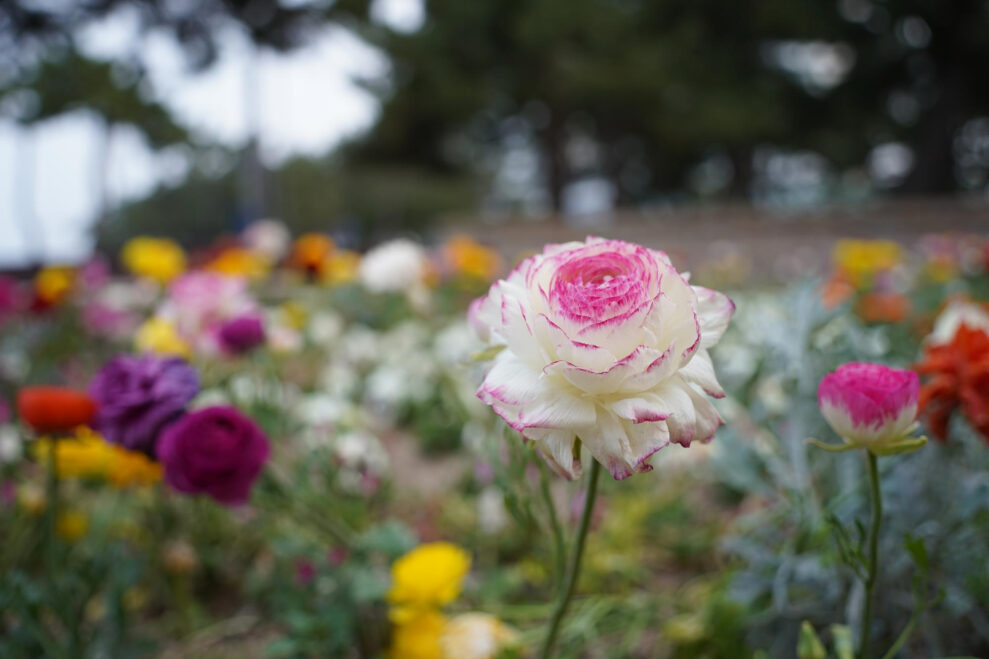
By exploring these popular ranunculus varieties and others, you can find the perfect match for your garden, container, or floral arrangements. With their captivating colors, intricate petal patterns, and long-lasting blooms, ranunculus flowers are sure to become a cherished addition to your outdoor or indoor spaces.
Planting Ranunculus Bulbs
To enjoy the beauty of ranunculus flowers in your garden, it’s essential to plant the bulbs correctly. Here’s a detailed guide on planting ranunculus bulbs to ensure a successful growing season:
-
Selecting Quality Bulbs
When purchasing ranunculus bulbs, known as tubers or corms, choose firm, plump specimens free from visible mold or damage. Larger bulbs tend to produce more vigorous plants and blooms, so select the biggest ones available.
-
Soil and Location Requirements
Ranunculus plants thrive in well-draining soil enriched with organic matter, such as compost or aged manure. These flowers prefer a sunny location, as they need at least 6-8 hours of sunlight per day for optimal growth and blooming. Make sure to select a planting site with good drainage to prevent the bulbs from rotting.
-
Preparing the Soil
Before planting, loosen the soil to a depth of about 12 inches using a garden fork or tiller. Amend the soil with organic matter to improve drainage and fertility. You can also add a layer of coarse sand to enhance the soil’s draining properties, especially in areas with heavy clay soil.
-
Soaking the Bulbs
Ranunculus bulbs have a hard outer shell that can slow down the germination process. To speed up germination and encourage strong root development, soak the bulbs in lukewarm water for 2-4 hours before planting. This step will help rehydrate the bulbs and prepare them for growth.
-
Planting Steps
-
- Determine the planting depth: Plant the ranunculus bulbs at a depth of 2-3 inches, measuring from the base of the bulb to the soil surface. In colder climates, you may want to plant the bulbs slightly deeper for added protection from frost.
- Space the bulbs: Space the bulbs 4-6 inches apart to provide enough room for the plants to grow and spread. For a more natural look, plant the bulbs in clusters or groups of odd numbers.
- Position the bulbs: When planting ranunculus bulbs, make sure the “claws” or pointed ends face downward, as this is where the roots will emerge. The rounded, flatter side should face upward, as this is where the shoots will grow.
- Cover the bulbs: Gently cover the bulbs with soil and press down lightly to ensure good contact between the bulbs and the soil. This step will help the bulbs establish themselves more quickly.
- Water thoroughly: After planting, water the area generously to help settle the soil around the bulbs and encourage root growth. Keep the soil consistently moist but not waterlogged during the germination and growing process.
-
By following these guidelines for planting ranunculus bulbs, you’ll set the stage for a successful growing season and a beautiful display of captivating blooms in your garden.
Caring for Your Ranunculus
Ranunculus plants, with their vibrant blooms and intricate petal patterns, can be a delightful addition to your garden. To keep your plants healthy and thriving, it’s essential to provide proper care throughout the growing season. Here are some essential tips for caring for your ranunculus plants:
-
Watering
Ranunculus plants need consistent moisture to grow well, but they are also susceptible to rot if overwatered. Aim to keep the soil evenly moist, allowing the top layer to dry slightly between waterings. Avoid watering directly onto the foliage, as this can lead to fungal diseases. Instead, water the base of the plant or use a soaker hose to deliver moisture directly to the roots.
-
Fertilizing
To support healthy growth and abundant blooms, fertilize your ranunculus plants with a balanced, slow-release fertilizer every four to six weeks during the growing season. A fertilizer with a 10-10-10 or 14-14-14 ratio works well for these plants. Be sure to follow the manufacturer’s instructions for the correct application rate.
-
Mulching
Applying a layer of organic mulch, such as shredded bark or compost, around your ranunculus plants can help retain moisture, suppress weeds, and regulate soil temperature. Keep the mulch at least an inch away from the base of the plant to prevent rot and discourage pests.
-
Pest and Disease Management
Ranunculus plants can be affected by pests such as aphids, slugs, and snails. Keep an eye out for signs of infestations and treat promptly with organic or chemical control methods. Aphids can be controlled with insecticidal soap or neem oil, while slug and snail populations can be managed with bait or by handpicking them from the plants.
Fungal diseases, such as powdery mildew and botrytis blight, can also affect ranunculus plants. Ensure proper air circulation and avoid overhead watering to reduce the risk of these diseases. If you notice signs of infection, treat the affected plants with a fungicide or remove the diseased plant parts to prevent the spread of the disease.
-
Pruning and Deadheading
Regular pruning can help maintain the health and appearance of your ranunculus plants. Remove any dead or damaged foliage to keep the plants looking their best and reduce the risk of disease.
Deadheading, or removing spent blooms, encourages your ranunculus plants to produce more flowers throughout the season. Snip off the spent flowers just below the bloom, being careful not to damage the foliage or developing buds.
-
Overwintering
In colder climates where temperatures drop below freezing, you may need to lift and store the ranunculus bulbs over the winter months. Once the foliage has yellowed and died back, carefully dig up the bulbs and allow them to air-dry for a few days before storing them in a cool, dry place.
By providing consistent care and attention to your ranunculus plants, you’ll be rewarded with a thriving garden filled with captivating blooms to enjoy throughout the growing season.
Harvesting and Storing Ranunculus Bulbs
If you live in an area with cold winters or simply want to preserve your ranunculus bulbs for future planting, proper harvesting and storage techniques are essential. Follow these steps to ensure your ranunculus bulbs remain healthy and viable for the next growing season:
-
Harvesting Ranunculus Bulbs
- Wait for the right time: Begin the harvesting process once the foliage has yellowed and started to wither, typically in late summer or early fall. This indicates that the plant has completed its growth cycle and the bulb is ready for storage.
- Cut back the foliage: Trim the foliage back to about 2 inches above the soil surface using a pair of clean, sharp pruning shears. This will make it easier to locate and remove the bulbs.
- Loosen the soil: Gently loosen the soil around the bulbs with a garden fork or trowel, taking care not to damage them.
- Lift the bulbs: Carefully lift the bulbs out of the soil, being cautious not to break the delicate roots. Gently shake off any excess soil, but avoid washing the bulbs, as moisture can lead to rot during storage.
-
Storing Ranunculus Bulbs
- Cure the bulbs: Before storing, allow the bulbs to air-dry in a well-ventilated area away from direct sunlight for approximately one week. This process, known as curing, helps to prevent rot and prolongs the storage life of the bulbs.
- Remove remaining foliage: Once the bulbs are dry, trim off any remaining foliage and brush off any remaining soil.
- Inspect the bulbs: Examine the bulbs for signs of damage or disease, discarding any that appear unhealthy.
- Prepare for storage: Place the bulbs in a shallow tray or cardboard box lined with newspaper or peat moss. Arrange the bulbs in a single layer, ensuring they do not touch each other to prevent the spread of disease or rot.
- Store in a cool, dry place: Store the ranunculus bulbs in a cool, dry location with temperatures between 50-60°F (10-15°C) and low humidity. A basement, garage, or unheated closet can be suitable storage locations. Check on the bulbs periodically during storage to ensure they remain dry and free from rot or pests.
By following these harvesting and storage techniques, you can protect your ranunculus bulbs and ensure they are ready for replanting when the next growing season arrives. This will help maintain the beauty and vitality of your ranunculus plants year after year.
Using Ranunculus in Floral Arrangements
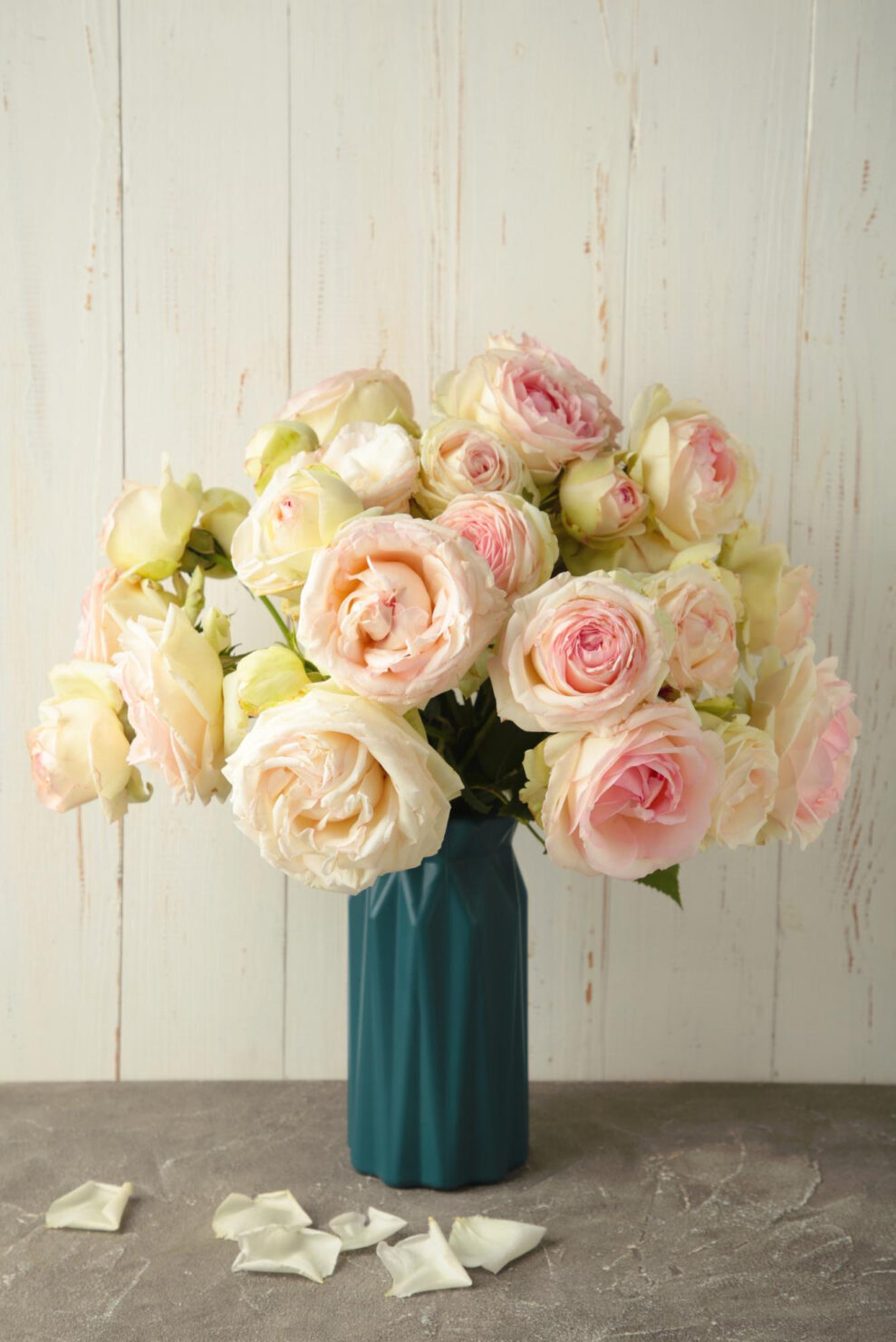
Ranunculus flowers, with their delicate petals and captivating colors, make stunning additions to various floral arrangements. Their long vase life and versatility make them a favorite among florists and DIY enthusiasts alike. Here are some tips and ideas for incorporating ranunculus into your floral designs:
-
Choosing the Right Ranunculus Blooms
When selecting ranunculus flowers for your arrangements, look for blooms that are just beginning to open. Fully open flowers may have a shorter vase life, while buds that are too tight may not open at all. Choose a mix of colors and varieties to add visual interest and texture to your arrangements.
-
Preparing the Flowers
Before arranging, it’s essential to properly prepare the ranunculus blooms:
- Remove any lower leaves that would be submerged in water, as they can rot and decrease the vase life of your flowers.
- Cut the stems at a 45-degree angle using clean, sharp scissors or pruning shears. This allows the flowers to take up water more efficiently.
- Place the cut stems in a bucket of lukewarm water mixed with floral preservative to hydrate them for a few hours before arranging.
-
Arrangement Ideas
Ranunculus flowers can be used in a wide range of floral designs, from simple to elaborate. Here are some ideas to inspire you:
- Solo Arrangements: A vase filled with a single variety of ranunculus can create a simple yet elegant display. Choose flowers with varying stem lengths to create a more dynamic and visually interesting arrangement.
- Mixed Bouquets: Combine ranunculus with other flowers such as roses, peonies, or tulips to create a lush, romantic bouquet. You can also add greenery, such as eucalyptus or ferns, to provide contrast and texture.
- Bridal Bouquets: Ranunculus is a popular choice for bridal bouquets due to its delicate, romantic appearance. Pair white ranunculus with other soft-toned blooms like garden roses, lilies, and freesias for a classic bridal bouquet. For a more modern and bold look, consider using brightly colored ranunculus varieties alongside complementary flowers and greenery.
- Table Centerpieces: Create stunning table centerpieces with ranunculus by combining them with flowers like dahlias, hydrangeas, or chrysanthemums. Add in elements such as candles, fruits, or decorative vases to complete the look.
- Floral Wreaths and Garlands: Incorporate ranunculus into wreaths or garlands for special events, holidays, or home décor. Mix the blooms with greenery, dried flowers, or other seasonal elements to create a unique and eye-catching display.
Throughout this article, we’ve explored the captivating world of ranunculus flowers, delving into their origins and characteristics, popular varieties, and planting techniques. We’ve also discussed essential care tips to maintain their vibrant blooms, along with proper methods for harvesting and storing the bulbs. Finally, we highlighted the versatility of ranunculus in various floral arrangements, providing inspiration for incorporating these stunning flowers into your own designs.
In conclusion, ranunculus is a diverse and enchanting group of flowers that can bring beauty and charm to any garden or floral arrangement. By understanding their unique requirements and proper care, you can enjoy the delightful presence of these blooms for years to come. Embrace the allure of ranunculus and let these captivating blossoms transform your garden and home décor.
